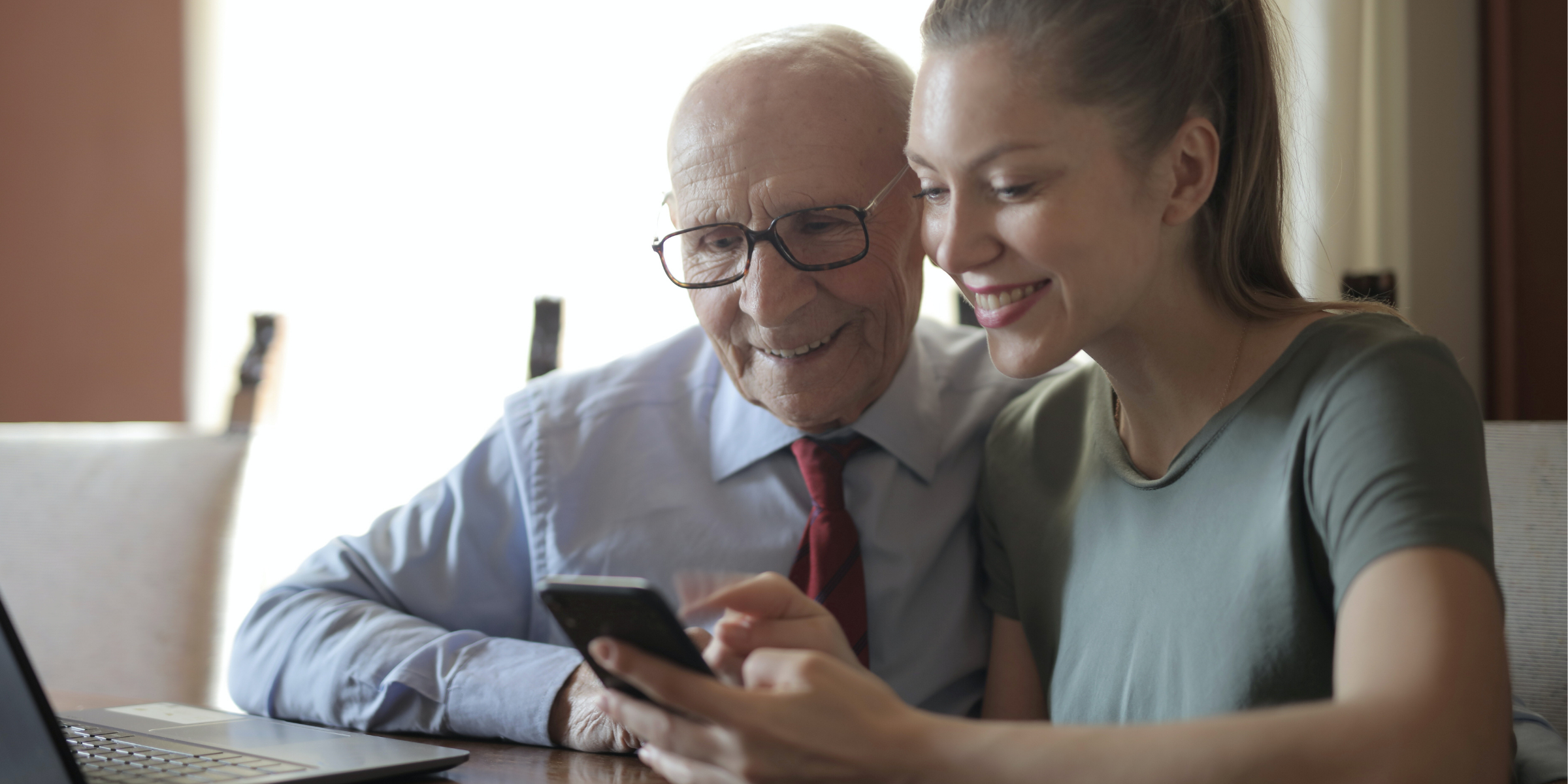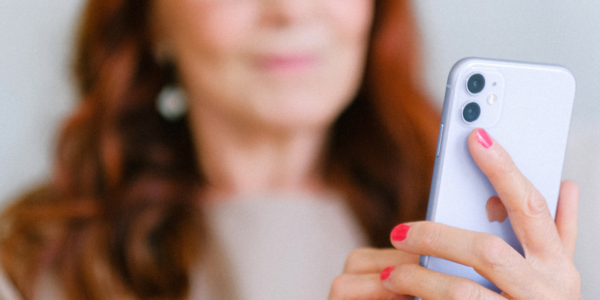Around the country, we’re seeing more and more organizations texting to engage older populations. Despite the stereotypes related to older adults and their use of technology, data supports that they are actually embracing new ways to communicate.
Ready to start texting with your patients?
Let’s chat!
We’ve consulted with many healthcare providers and organizations who were concerned about text messaging with older individuals. When this question comes up, we prefer to back our claims up with data. Here’s what we know:
Older people see the benefits of technology
Let’s bust the myth that older adults don’t see the value of technology. Even before the COVID-19 pandemic, plenty of older Americans recognized that technology allowed them to connect with long-distance friends and family. Now, after having experienced shutdowns and various social restrictions, their appreciation for technology in daily life has naturally increased. In fact, research from The National Institutes of Health shows that older adults are seeing and leveraging the convenience and speed that comes with technology. Even more, they are showing increasing willingness to learn new technologies.
Older Americans are increasingly more responsive to the mental and physical health benefits that come come along with technology. This should give providers hope and assurance that text messaging with older patients is indeed a viable communication option.
Most people have smartphones, and know how to use them
In general, there has been a rise in mobile device ownership over the last couple of years. Those numbers continue to increase, especially among the older adult population. For context, in 2017, 70% of Americans over 50 had a smart device. As of 2020, 85% of adults over 50 have a smart device, and that percentage continues to climb.
85% of adults over 50 have a smart device.
For most of the world, facing a global pandemic meant even higher rates of technology adoption. Since 2020, smartphone ownership and usage has jumped from 70 percent to 77 percent among older adults. The generation gap, which previously showed older adults not adopting new technologies, is narrowing.
Texting elderly patients is effective
Not only are older Americans purchasing smartphones- they know how to use them. New research shows that Americans over 65 are fully competent texters, and one-third of them now prefer text messaging to phone calls. Yes, you read that right.
That’s why it is so necessary to offer texting as an option to your patients, regardless of age. The fact is that 92% of people over the age of fifty send text messages. Texting and digital technology has become an integral part of communication in society. Leveraging texting in health services has paid dividends for practices across the nation. It has contributed to improved health outcomes and created a healthier bottom line for practices.
92% of people over 50 send text messages
Even more, while adults in their 50s and 60s are texting more than emailing these days, people in the 70+ community are also using cell phones to keep in touch.
Because OhMD’s two-way texting goes directly to the patient’s native SMS app, when they message with you, it’s just like text messaging with a friend or family member. The patient experience is made to be as simple and approachable as possible. So if patients are able to text with anyone, they’ll be able to text with you.
Older Americans appreciate telehealth as an option
Not only does the older demographic text, they are comfortable with telehealth. This is largely due to the increase in telehealth use after the rise of COVID-19. Data shows that in 2019, less than half of adults age 50-plus had any experience with video chat. But by 2020, 70% had used telehealth tools, many of them using telehealth on a regular basis.
Results from the 2020 National Poll on Healthy Aging show that older adults have have become increasingly comfortable with telehealth as a form of healthcare treatment. This is especially true for patients using OhMD’s telehealth tools, as they were built with the patient experience in mind. Our Video Visit tool only requires patients to click on a link from a text message. That link will bring them right to a telehealth visit with their provider, directly from their smartphone.
Older individuals do text, and some actually prefer it to calling. Even more, OhMD is developed with patients in mind creating a patient experience that is as simple and intuitive as possible.


